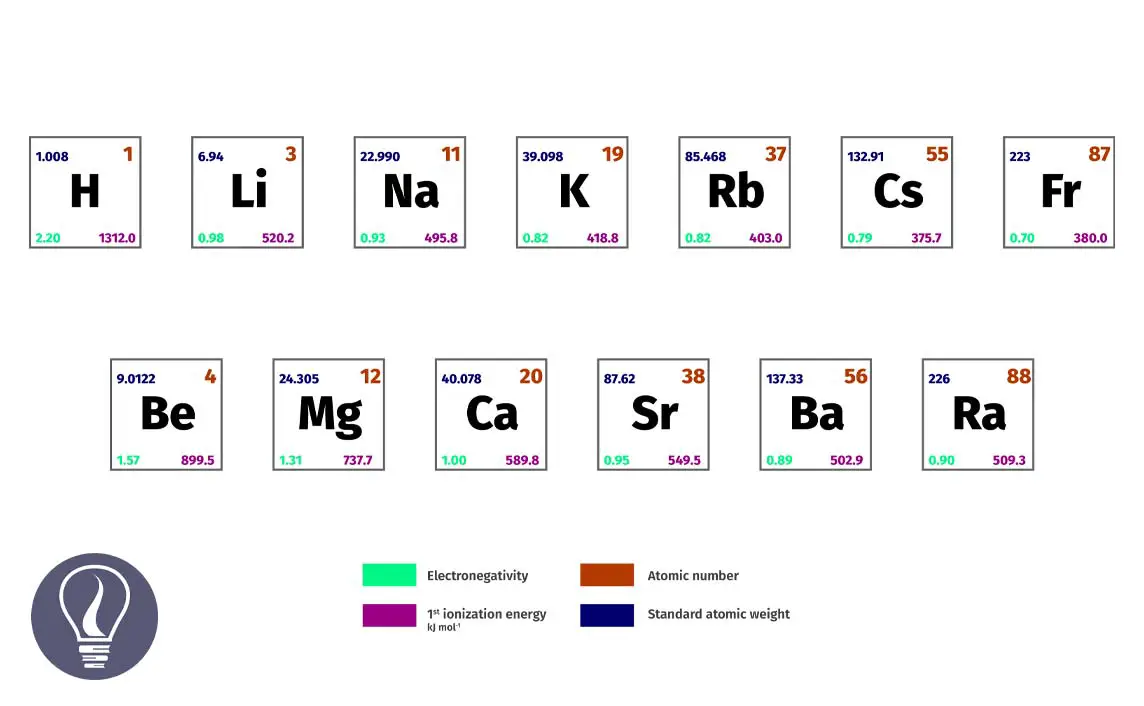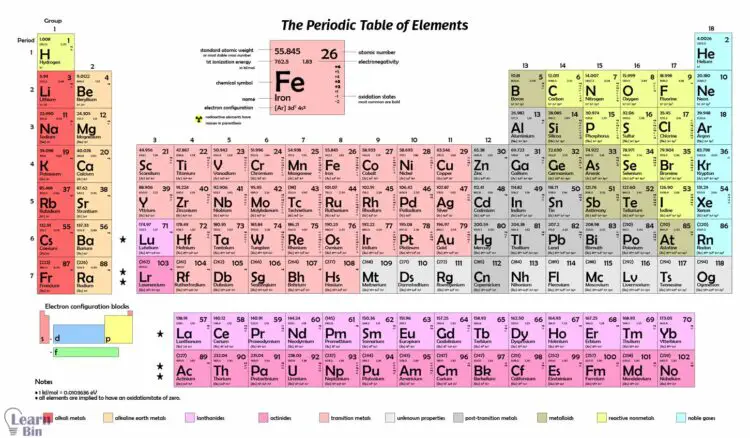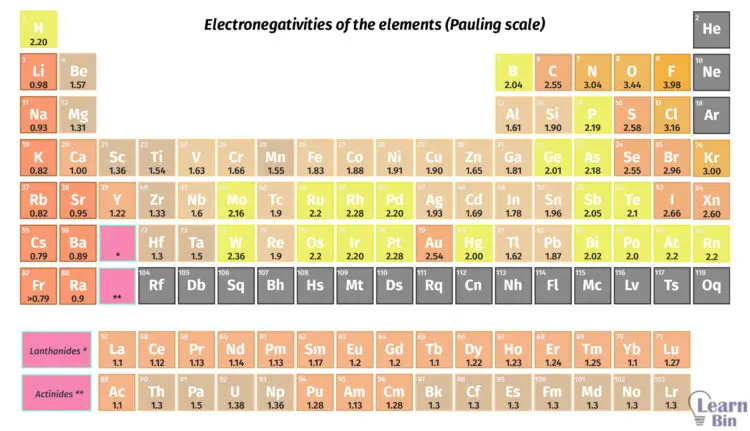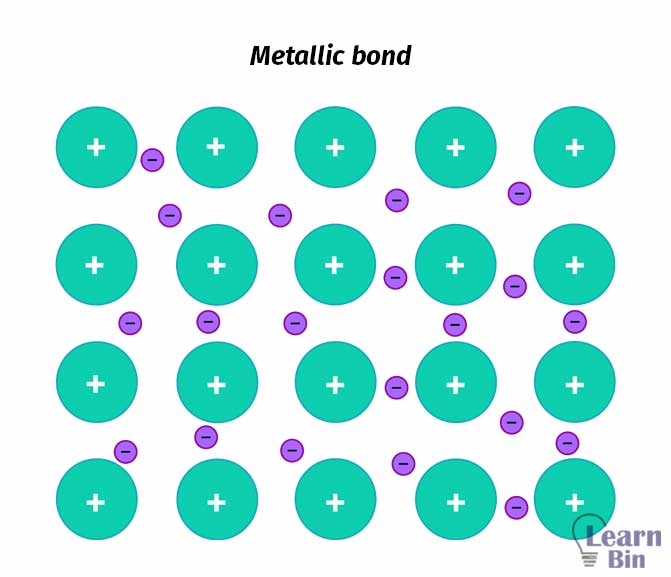More results...


Commonly, elements with valence shells that are occupied by one or two s electrons are categorized into s block. Therefore, 1 and 2 groups of the periodic table belong to the s block.
S block elements show definite trends and properties. When moving downwards of the two groups of s block, it changes properties like
and etc.

When moving downwards, the atomic radius and the ionic radius are increasing. Group 1 elements have higher atomic radii and higher ionic radii than group 2 elements. Moving from top to bottom of a group in the periodic table, atomic radii increase. This is because the principle quantum number increases.
When moving from group 1 to group 2, the atomic radius decreases because the increase in the effective nuclear charge (Zeff - Z effective) increases across a period. Elements in the same period possess the same principal quantum number. But the nuclear charge increases from left to right. Therefore, the attraction by the nucleus towards the electrons is increasing. Thus, the atomic radii decrease.
Figure 1 - ionic and atomic radii sizes
| Period | Group 01 | Group 02 | ||||
| Element | Atomic radius (pm) | Ionic radius | Element | Atomic radius (pm) | Ionic radius | |
| 1 | H | 53 | 25 | |||
| 2 | Li | 167 | 145 | Be | 112 | 105 |
| 3 | Na | 190 | 180 | Mg | 145 | 150 |
| 4 | K | 243 | 220 | Ca | 194 | 180 |
| 5 | Rb | 265 | 235 | Sr | 219 | 200 |
| 6 | Cs | 298 | 260 | Ba | 253 | 215 |
| 7 | Fr | Ra | ||||
Generally, elements in s-block are highly reactive. Reactivity also increases from the top to the bottom of a group. Since the principal quantum number increases when moving from the top to the bottom of a group, the attraction to the valance electrons by the nucleus decreases. Therefore, it tends to remove valance electrons easily and make positively charged ions. Thus the reactivity increases.
However, when moving from group 1 to group 2, the reactivity decreases. Alkali metals are highly reactive when compared to alkali earth metals. This is because of the change in the effective nuclear charge across a period. Within a period, the principal quantum number remains the same.
But the atomic number increases from left to right. That means the number of protons in the nucleus is increasing. Also, the number of core electrons remains the same. Core electrons are electrons that are present in the inner shells of the atom except the valence shell.
Thus, the effective nuclear charge increases across any period. Therefore, it is difficult to remove valance electrons in group 2 when compared to group 1. Also, group 2 elements have to remove two electrons in order to obtain the noble gas configuration. This makes group 2 elements less reactive than group 1 elements.
Since alkali metals are highly reactive, they have to be stored in inert environments such as in airtight container that contains mineral oil or inert gas.
Electronegativity measures the tendency of an atom to attract electrons. Generally, the s block elements got low effective nuclear charge. Therefore, the attraction from the nucleus on the valance electrons is low. Therefore, s-block elements tend to remove electrons rather than attract electrons. Therefore, the electronegativity of s-block elements is relatively low except hydrogen.
Hydrogen can either remove or take an electron to get the noble gas configuration. When moving towards a group, the electronegativity decreases further. When moving from group 1 to group 2, the electronegativity increases. This is because of the increase in effective nuclear charge.

Properties that are associated with metals such as malleability, ductility, electrical conductivity, thermal conductivity, etc. are known as metallic properties. These metallic properties depend on how easily metals can make the metallic bond. The metallic bond is created by the de-localized electrons and positively charged ions.

If a metal gives an electron to the electron sea easily, that metal has higher metallic properties. However, the metallic bond strength is increased when the number of electrons that are released to the electron sea is increasing and the size of the cation decreases.
Therefore, alkali earth metals (group 2 elements) have higher metallic bonds than alkali metals (group 1 elements). Because group 2 metals release two electrons to the electron sea, the radius of the cation is smaller than that of group 1.
Group 1 has soft metals since their metallic bond strength is low. When moving from the top to the bottom of a group, the metallic body strength decreases but the metallic properties increase.
First ionization energy is the energy that requires the removal of 1 mol of electrons from 1 mol of atoms that exist in a gaseous state. When considering the 1st ionization of s-block elements, it is relatively low. Because the effective charge on valance electrons is low they naturally tend to remove the electrons that exist in their valance shell.
Any ionization energy decreases when moving from the top to the bottom of a group. Because the attraction from the nucleus towards the valance electrons is decreasing.
When moving from group 1 to group 2 the first ionization energy increases. Because group 2 elements have a higher effective nuclear charge than group 1 elements. However, the 2nd ionization energy decreases from group 1 to group 2. Second ionization energy is the energy that is required to remove 1 mol of electrons from 1 mol of ions that possess +1 charge.
The second ionization energy is much higher in group 1 than in group 2. This is because, when one electron is removed from group 1 elements, it becomes stable. The second electron should be removed from the core electrons that have higher attraction from the nuclei. Therefore, the second ionization energy is much higher in group 1 elements.
But in group 2 elements, there are two electrons in the valence shell. Therefore, 2nd ionization energy is not much higher than the first ionization energy itself. However, the third ionization energy of group two is much higher than its first and second ionization energies since the electron should be removed from its core electrons.
| Element | First ionization energy (kJ mol-1) | Second ionization energy (kJ mol-1) |
| Hydrogen (H) | 1312 | - |
| Lithium (Li) | 520 | 7300 |
| Sodium (Na) | 494 | 4560 |
| Potassium (K) | 418 | 3070 |
| Rubidium (Rb) | 402 | 2370 |
| Cesium (Cs) | 376 | 2420 |
| Francium (Fr) | 380 | 2100 |
| Helium (He) | 2372 | 5250 |
| Beryllium (Be) | 900 | 1760 |
| Magnesium (Mg) | 736 | 1450 |
| Calcium (Ca) | 590 | 1150 |
| Strontium (Sr) | 548 | 1060 |
| Barium (Ba) | 502 | 966 |
| Radium (Ra) | 510 | 979 |

[1]Table 01: CrystalMaker.com - Elements, Atomic Radii and the Periodic Table
Figure 01: Contains an image by 2012rc, licensed under CC BY 3.0, via Wikimedia Commons
Figure 03: Contains an image by Muskid, licensed under CC BY-SA 3.0, via Wikimedia Commons